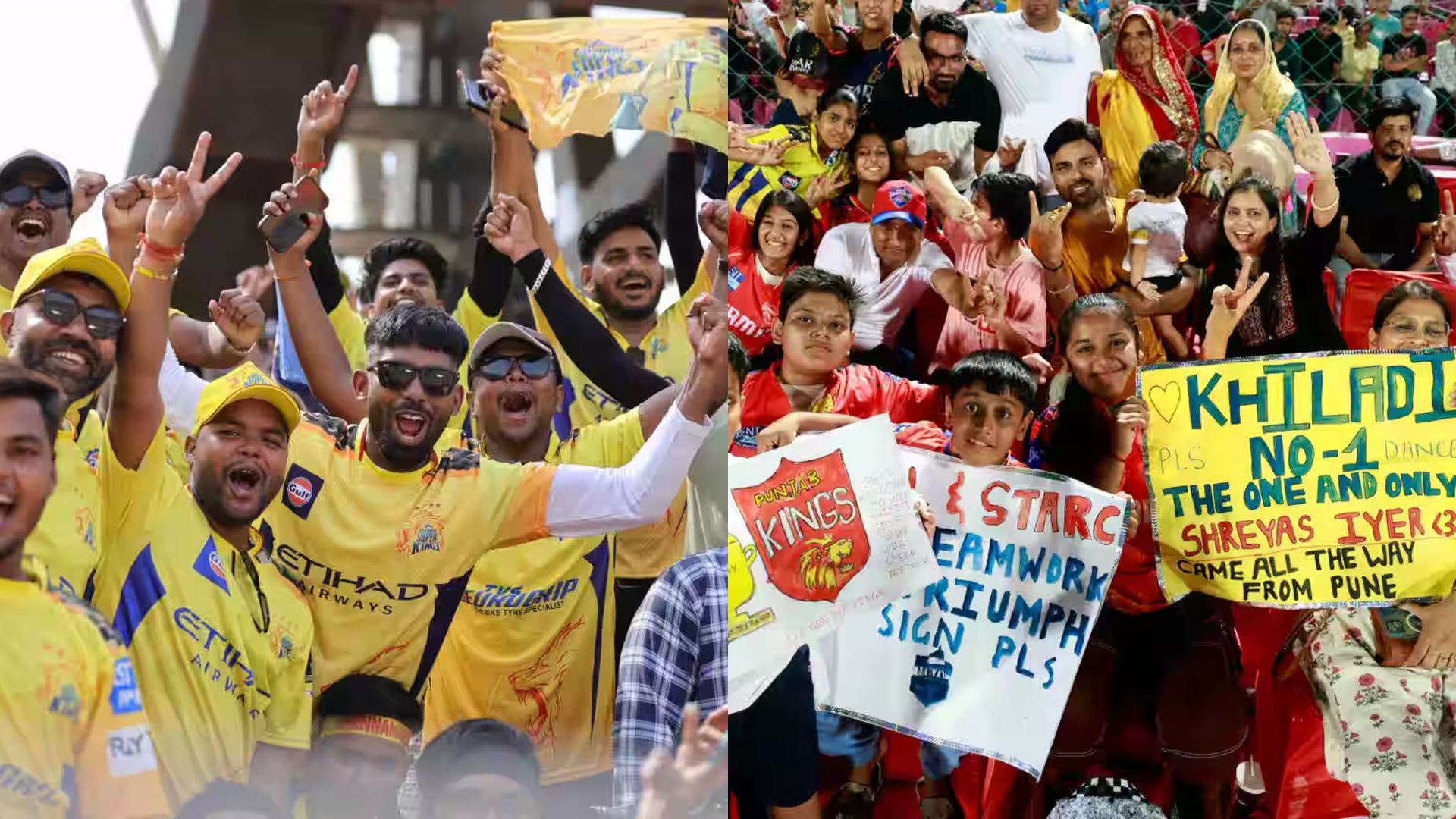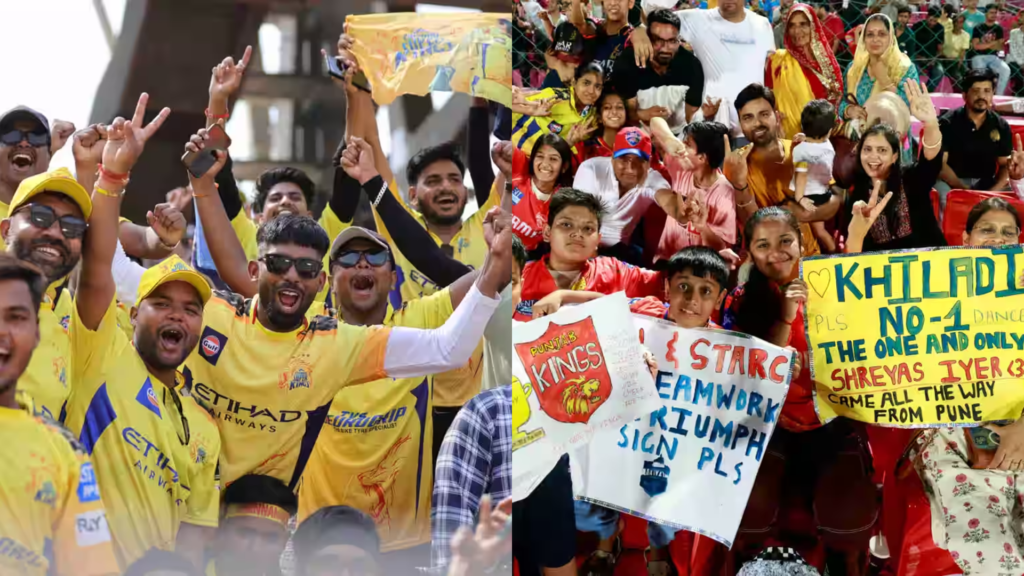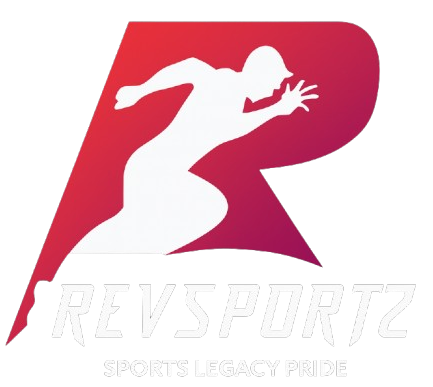
IPL’s earliest creative choice was a masterstroke: don’t sell cricket, sell entertainment. Sony’s 2008 launch film “Manoranjan ka Baap” spoofed ’80s cinema and declared IPL the “father of entertainment,” instantly positioning it against all TV, not just sports. That tone of mass, filmy, unabashedly fun made a new league feel already iconic. 2009 reframed the property from entertainment to social phenomenon “Ek Desh, Ek Junoon” spotlighting a billion people doing one thing together. That shift from “watch us” to “we, together” is where IPL began to own the community and scale as core brand codes.
Across the Sony years, the platform kept changing costumes without changing character. “Bharat Bandh” (2011) cheekily equated matchdays with a nationwide shutdown; “Aisa Mauka Aur Kahan Milega” (2012) romanticised appointment viewing; “Jumping Japang” (2013) gave fans an anthem and a dance; “Come On, Bulaava Aaya Hai” (2014) turned FOMO into a calling; “India Ka Tyohaar” (2015) canonised IPL as a festival; “Ek India Happywala” (2016) cast it as a feel-good unifier. This consistent laddering from entertainment to togetherness to national ritual is how Brand IPL found its durable social meaning.
When Disney Star won rights, the vocabulary modernised but the codes stayed. “Best vs Best” (2018) asserted sporting premium; “Game Banayega Name” (2019) tethered the brand to meritocracy and opportunity (smartly mining the trophy’s Sanskrit motto); “Khel Bolega” (2020) and “Ek Saath Waali Baat” (pandemic-era 2020) fused performance pride with community resilience; “India Ka Apna Mantra” (2021) celebrated hustle; “Yeh Ab Normal Hai” (2022) welcomed the new normal with Dhoni-led character sketches; “Shor on, Game on!” (2023) re-centered watch-together TV; “Ajab Rang Dikhega” (2024) saluted fan behaviours across languages and regions. Each step reaffirms IPL’s role as a mirror to contemporary India while keeping the carnival alive.
By 2025, the ad-scape around IPL looked like a multiplex on opening weekend: brand films piggybacking rivalries, legends and humour, and franchises running their own cultural plays (e.g., Rajasthan Royals elevating local brands into national narratives). The meta-lesson: IPL is now a “seasonal media economy,” not just a tournament.
Its interesting in this context to take a look at the international leagues…NBA built equity on awe “Where Amazing Happens” – a pure product mythos around extraordinary moments. IPL’s center of gravity is broader: sport plus festival plus community. The Premier League leans on identity and inclusivity (“This is PL,” “Where everyone plays”) with a clean, modern brand system; IPL is louder, more participative, and proudly vernacular, which suits India’s media culture and multilingual reality. LaLiga has pushed “It’s not football. It’s LaLiga,” elevating lifestyle and culture. IPL arrived at that stance organically years ago (“India ka Tyohaar”) but executes it with Bollywood-scale spectacle and meme-ready hooks. NFL campaigns like “It Takes All of Us” foreground social purpose; IPL’s north star is still joyous mass entertainment with periodic forays into unity and resilience. Different societies, different brand jobs.
If NBA is awe, EPL is heritage, LaLiga is lifestyle, NFL is purpose, IPL is festival: a high-octane, many-languages, many-screens cultural carnival where sport, stars, and fans co-create the show. The marketing mantra seems to be to build a repeatable festival, not just a season. Keep a simple, catchy tagline each year, but rotate the dominant lens (entertainment, community, meritocracy, resilience, fandom). Localize shamelessly; celebrate fans as protagonists; let broadcasters, teams, sponsors and creators co-author the narrative. That’s how IPL scaled from “new T20 league” to India’s summer time media economy.
For More Sports Related News: Follow RevSportz





